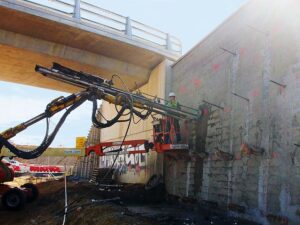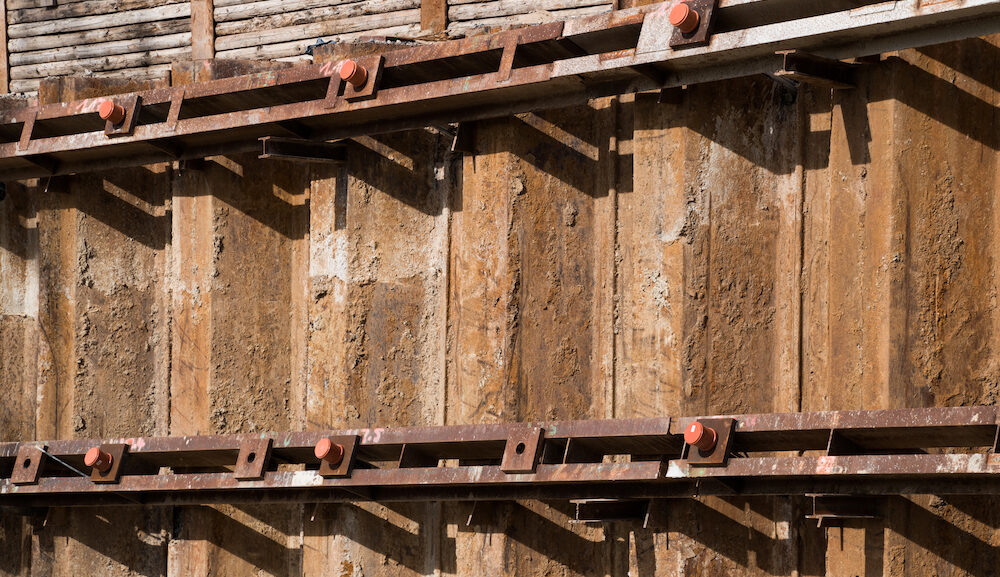Hollow bar self-drilling anchors have emerged as versatile and efficient solutions within the realm of geotechnical and construction engineering. These innovative anchors not only provide stability and reinforcement to soil and rock structures but also simplify the installation process. This article delves into the mechanics behind hollow bar self-drilling anchors, shedding light on their operational principles and highlighting the diverse range of applications where they find use.
At the core of hollow bar self-drilling anchors’ functionality is their ingenious design. These anchors consist of a hollow steel bar with threads along its exterior and a drill bit on one end. This integrated design enables simultaneous drilling and grouting during installation, streamlining the process and minimizing the need for additional drilling and grouting steps. The hollow interior of the bar allows grout to be injected through the anchor, ensuring that voids and fractures in the surrounding soil or rock are effectively filled, enhancing both structural integrity and load distribution. This unique combination of drilling and grouting reduces installation time and ensures a higher degree of anchor performance.
Hollow bar self-drilling anchors find applications across a spectrum of geotechnical and construction scenarios. One of the prominent applications is in foundation support. These anchors can be utilized to provide stability to deep excavations and foundation elements, such as retaining walls and bridge abutments. In projects involving soil nails, hollow bar anchors offer an advantageous alternative due to their simplified installation process and grouting capabilities. The ability to customize the anchor length as per the specific requirements of each project enhances their versatility and adaptability.
Slope stabilization is another critical application domain for hollow bar self-drilling anchors. In areas prone to erosion and landslides, these anchors can be installed to reinforce the stability of slopes and embankments. The combination of self-drilling capabilities and grout injection ensures that the anchor remains securely in place, effectively mitigating the risk of soil instability and potential hazards.
Beyond traditional geotechnical applications, hollow bar self-drilling anchors are also finding utility in the realm of ground improvement. They can be employed to enhance the load-bearing capacity of soil in projects like bridge foundations, embankments, and roadways. The grouting process helps create a strengthened soil-cement matrix, increasing the overall load-bearing capacity of the ground.
In conclusion, hollow bar self-drilling anchors epitomize innovation in geotechnical and construction engineering. Their integrated design, combining drilling and grouting, not only accelerates installation but also enhances overall performance. From foundation support to slope stabilization and ground improvement, these anchors offer versatile solutions for a wide range of engineering challenges. As construction and infrastructure projects continue to evolve, the adaptability and efficiency of hollow bar self-drilling anchors position them as indispensable tools for professionals seeking robust and reliable solutions in diverse geotechnical scenarios.

How do hollow bar self-drilling anchors work and in what applications are they commonly used?
The article explains how hollow bar self-drilling anchors work and their common applications. These anchors are used in ground stabilization, slope stabilization, and soil nailing projects. They consist of a hollow bar with a sacrificial drill bit that creates a hole as it rotates. Once the desired depth is reached, the anchor is simultaneously grouted to the surrounding ground. This provides immediate support and stabilizes the ground, making them suitable for various construction and geotechnical applications.
